I was back in Sarajevo for the third time and a long gap since my 2007 visit. I had wanted to come back but having been already twice in 2006 & 2007 there were too many other places to explore. Arriving at the bus station the rain was also coming down, a constant companion on my travels.
I had to make my trek from the bus station at one end of the centre to my apartment at the end of the old quarter, about a 2km walk. I didnt want to take the tram as this was my arrival for the first time since 2007 so I wanted to experience the walk and see the changes.
There were new shopping malls where there had been derelict buildings. They offered brief refuge from the rain.
In 2007 I did stay at this end to be closer to the bus station but ended up walking back and forth to get to the old quarter.
This time I was staying in the heart of the old quarter close to city hall. I found the address but didnt know how to get in. The rain was still coming so I asked a patient in a dentist opposite if they could call.
Turns out there are two streets with the same name and I was on the wrong street. A man and his daughter shortly arrived. She was about 12 and was the English speaker. She took me to the apartment and wanted me to pay her the 150 Euros cash for five nights so I asked to go back to meet her father to pay him directly.
It was a modern apartment in the old district and a good base except for all the stairs to walk up on this street. I then went back to explore.
City Hall had been burned and bombed in the 90s so closed in my 2006 & 2007 visits. Having been restored today it was also closed or I had arrived past opening times.
The Bascarsija Old Town is where I would spend all my time on my visits due to its rich Turkish culture and atmosphere
It was nice to orient myself and not much had changed from 2007 except for more tourists when it would mostly be locals and groups of young men walking around.
When the Hapsburgs annexed Bosnia in 1878 they added a new district to extend the Old Quarter. Today there is a floor marking the division of East and West where Istanbul meets Vienna
There is typical Central European architecture of Hapsburg towns. They also added the tram line across the city as well as new Catholic and Orthodox Churches
The central district is compact and that was the fun in prior visits crossing from the Austrian zone into the Ottoman and back and forth.
Bosnian Mosques typically only open at prayer times so you have to wait and take your chance on going inside when it is open
Typical features of Ottoman towns aside from the Mosque was the Hammam (bath houses), Caravanserai (lodgings with stables for horses), two level Han similar to Caravanserai but lodgings or artisan shops or Bezistan (indoor covered market). Sarajevo, Skopje, or Prizren are best examples though they exist in various states in many Balkan towns.
A spot I like to visit is the Vratnik fortress which overlooks the city and is a nice place to go at sunset. I sort of know where it is but having not visited from 2007 my directions were rusty.
You have to climb up the hillside streets but I kept going up and didnt recognize the area. I had to ask locals who directed me back.
I had taken a wrong turn but now I was familiar with how to get here again. In 2007 my hostel was very close to the base and a lady that worked there that spoke no English had walked me up here.
There was still snow from the temperature drop yesterday but was expected to all melt with double digit temperatures going forward so I wanted to get my snow pictures of Sarajevo.
I then stopped by a supermarket and bakery on my way back to stock up on local food and drinks
See also Vlog - SARAJEVO WALKING TOUR * HIDDEN DISTRICTS * Bascarsija | Vratnik | Konak | Synagogue (30 mins) - https://youtu.be/yHtD9va6GXE

 Alifakovac, Federation of Bosnia and Herzegovina, Bosnia and Herzegovina
Alifakovac, Federation of Bosnia and Herzegovina, Bosnia and Herzegovina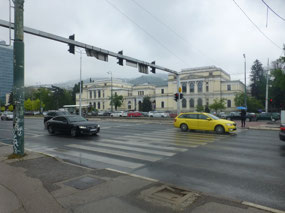
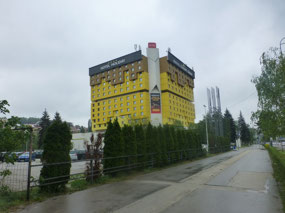
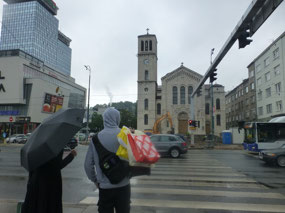

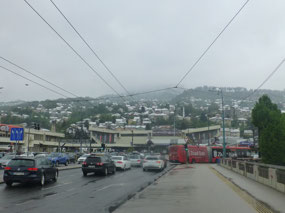
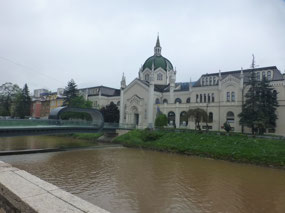
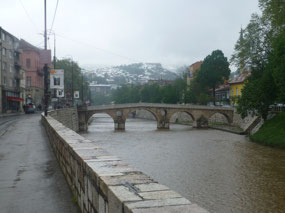
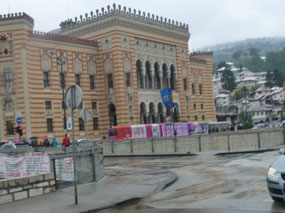
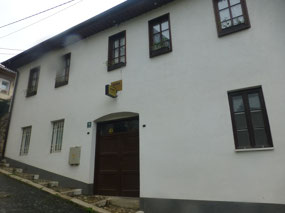
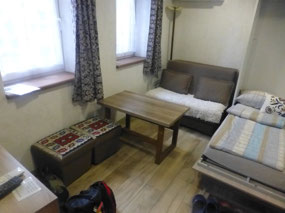
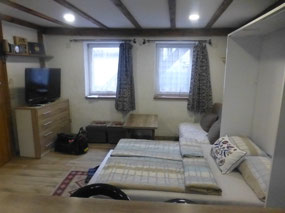
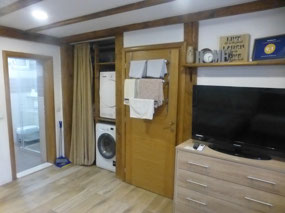
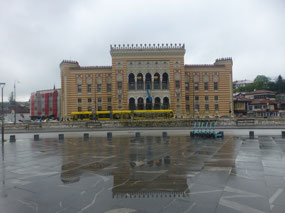
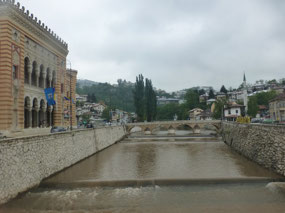
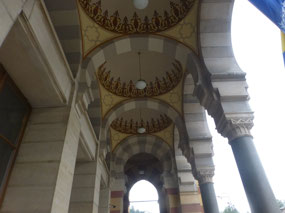
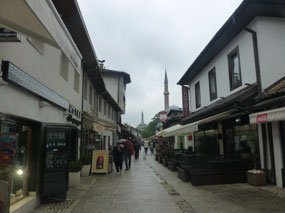
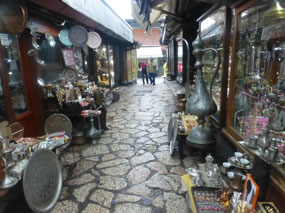
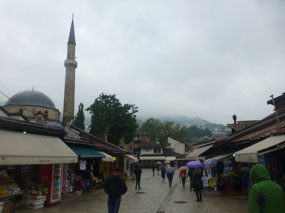
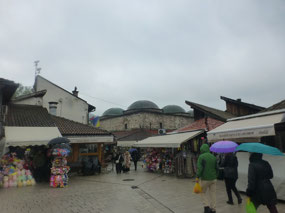
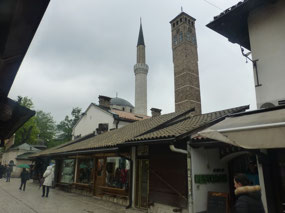
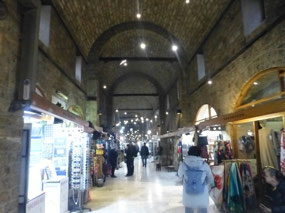
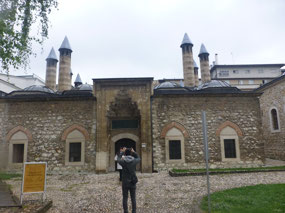
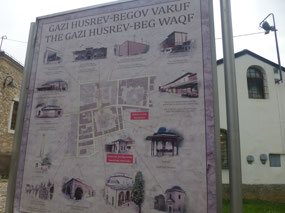

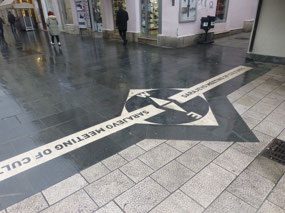
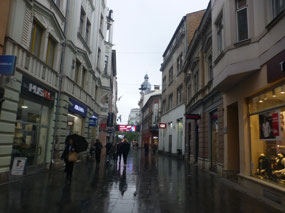

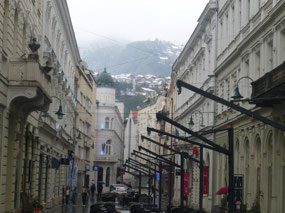
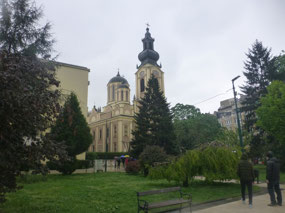
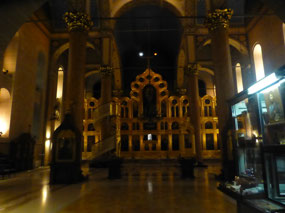
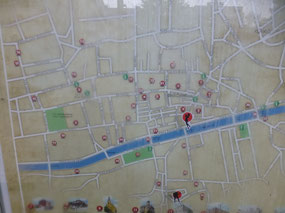
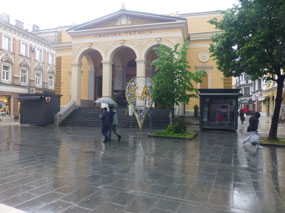
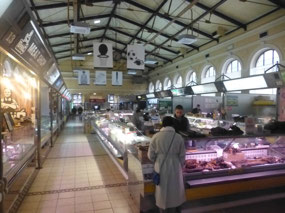

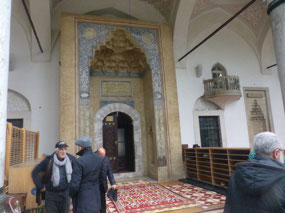
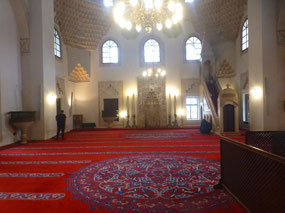
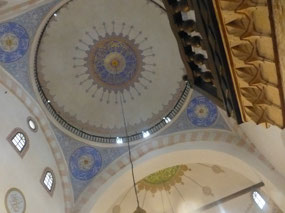
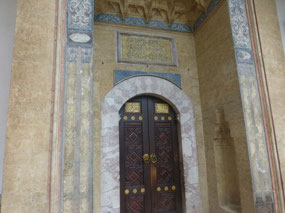
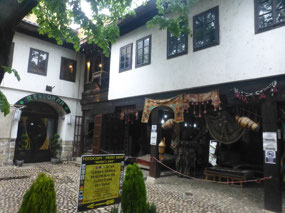
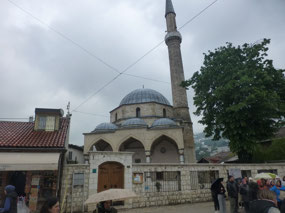
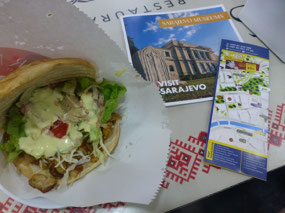
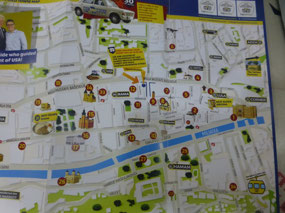
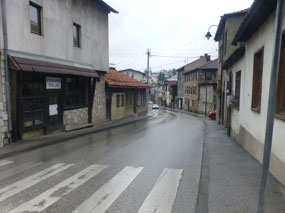
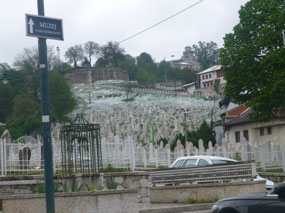

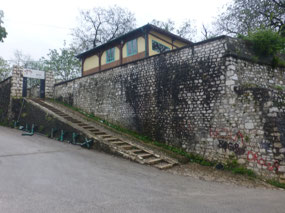
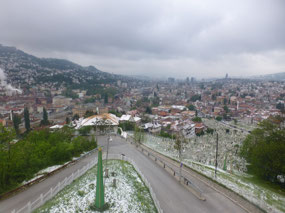
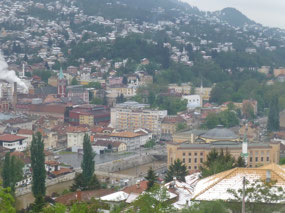
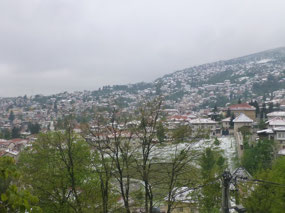
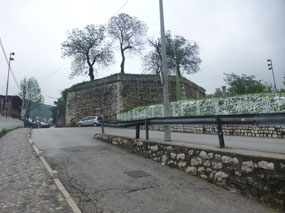
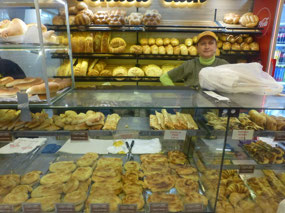
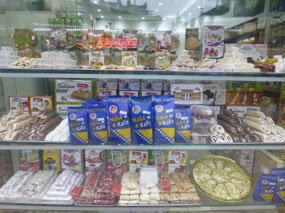





2025-05-22